Cassidy, Adam, and Isobel
Yesterday’s excitement continued after the blog had been uploaded, with a hippo coming out of the water and being discovered a few metres away from a group of students playing mafia. Later that night Megan woke up at 2 am to discover another hippo grazing just outside her tent (behind the fence of course) and she snapped a great photo! We woke up to our new normal of a goose alarm clock.
After breakfast we got ready for our first official Birdathon; the stakes were high as the winning team had been promised a plate of fries from the campground restaurant. With two and half hours to identify as many birds as possible, we set off, binoculars and cameras at the ready. As with our practice exercise a couple days ago, we were in groups of three to four and could only use field guides to assist us in identifying the birds we spotted. The winning group – Lauren, Mikaela and Olin – identified a whooping 31 birds! Some highlights included a Giant Kingfisher eating a fish, Lilac-Breasted Rollers, several species of Sunbird, Red-Eared Cordon Bleu and a Paradise Flycatcher. The flycatcher was an especially exciting find as Professor Lougheed used his speaker and a recording to call the bird out of the bushes.
Post Birdathon, we had another fantastic lunch prepared by Lukas, Idris and John before we were given some time to relax ahead of an afternoon of enlightening presentations. Some of us spent the break working on our field journals while others worked on friendship bracelets or showed off their yoga skills. Elizabeth started us off with presentations before Alise and Megan spoke about their assigned papers. Next Carol, a co-instructor of the course, gave us the rundown on her work and educational background. She’s the director of wetlands at NEMA (Kenya’s National Environmental Management Authority) and in her work enforces laws regarding fishing and pollution in places like Lake Naivasha. She discussed the unique challenges this year has brought, with Kenya experiencing intense flooding due to rainfall; Carol and her colleagues are currently helping relocate 2,500 families who were displaced by the flooding.
Once Carol wrapped up and answered any pressing questions we had come up with, we embarked on a group adventure to the campground restaurant so the winning Birdathon team could claim their reward. Turns out, our professors took pity on all of us and kindly treated the whole group to fries.
We picked up class discussions once again with Isobel leading us off, followed by Victoria and Celina. Overall, today’s talks covered a range of topics spanning various ecological issues from plant-pollinator interactions to coral bleaching.
Dinner was great as always, then Lukas built us a campfire to sit around and enjoy the rest of our last evening on the edge of the lake. We hope Dr. Wang will finally act on his promise to dance in the shadows of the fever trees for us, but you’ll have to wait for tomorrow’s blog to find out – stay tuned! Some of us remain hopeful that another hippo will grace us with its presence on land before we move onto Kakamega Forest National Reserve bright and early tomorrow morning.
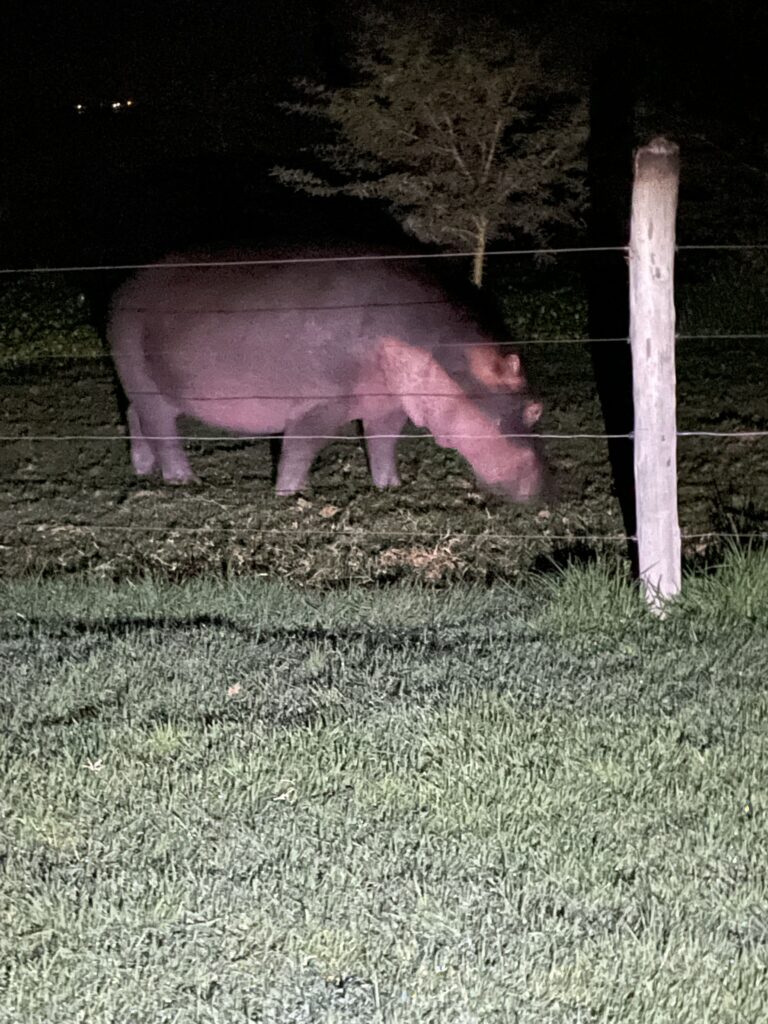
Megan’s 2 am hippo
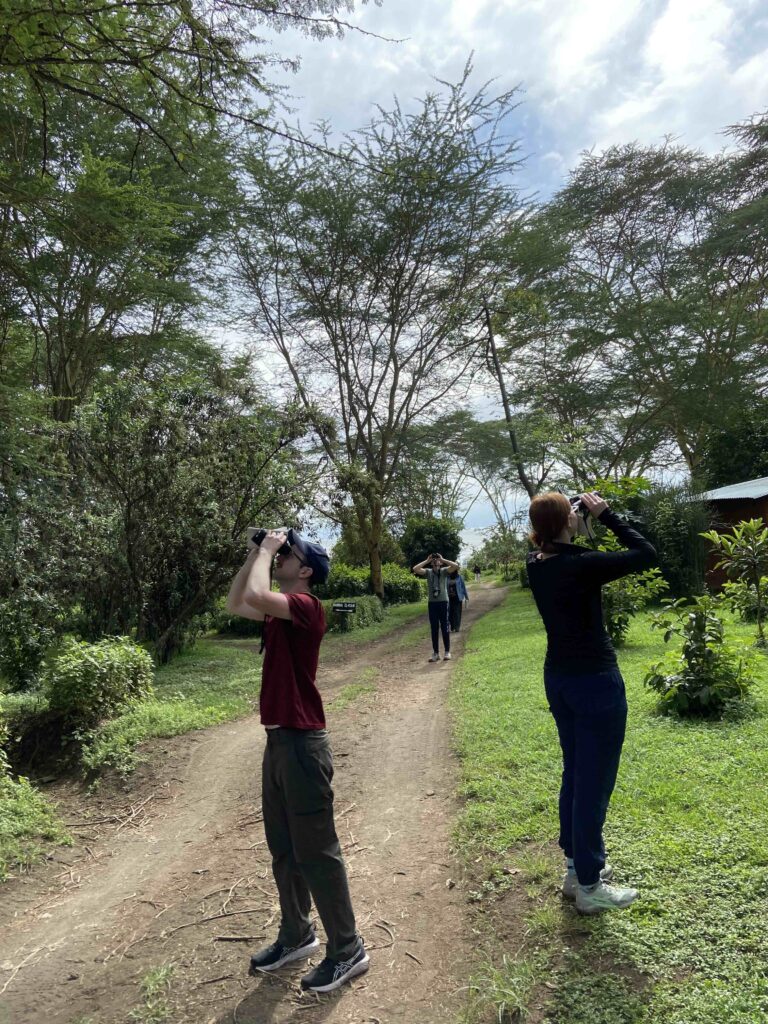
Adam, Rosin and Cassidy putting on a fierce birding show
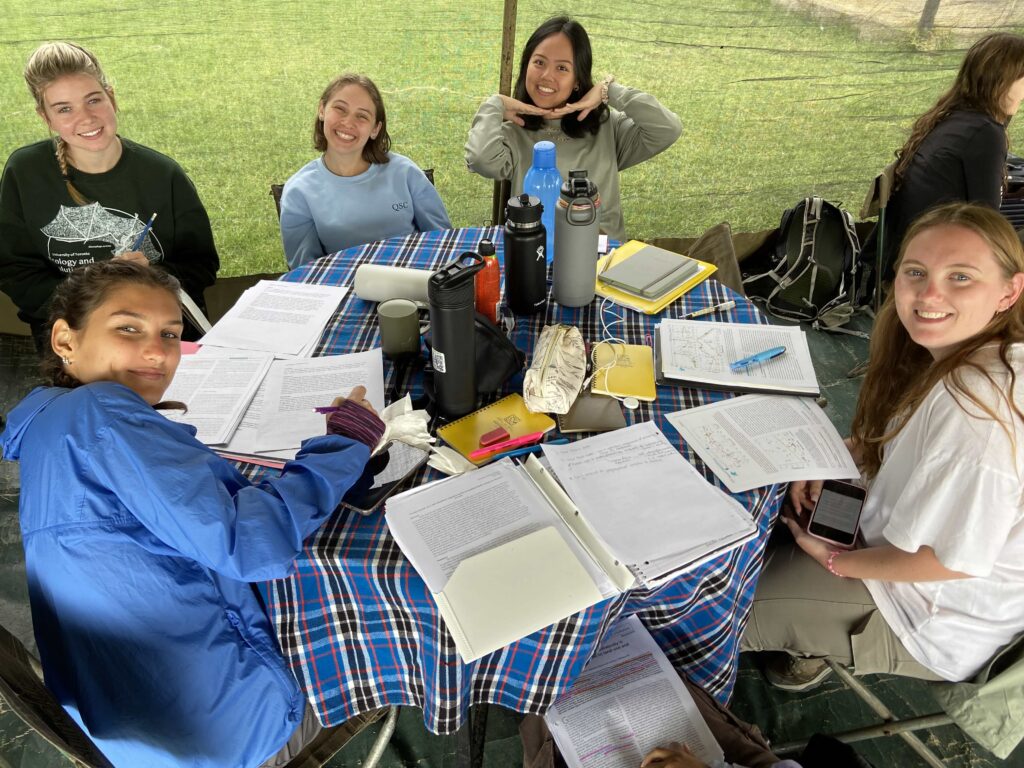
at work under the canopy tent

Taking a break at the local restaurant – a gustatory pleasure with fries
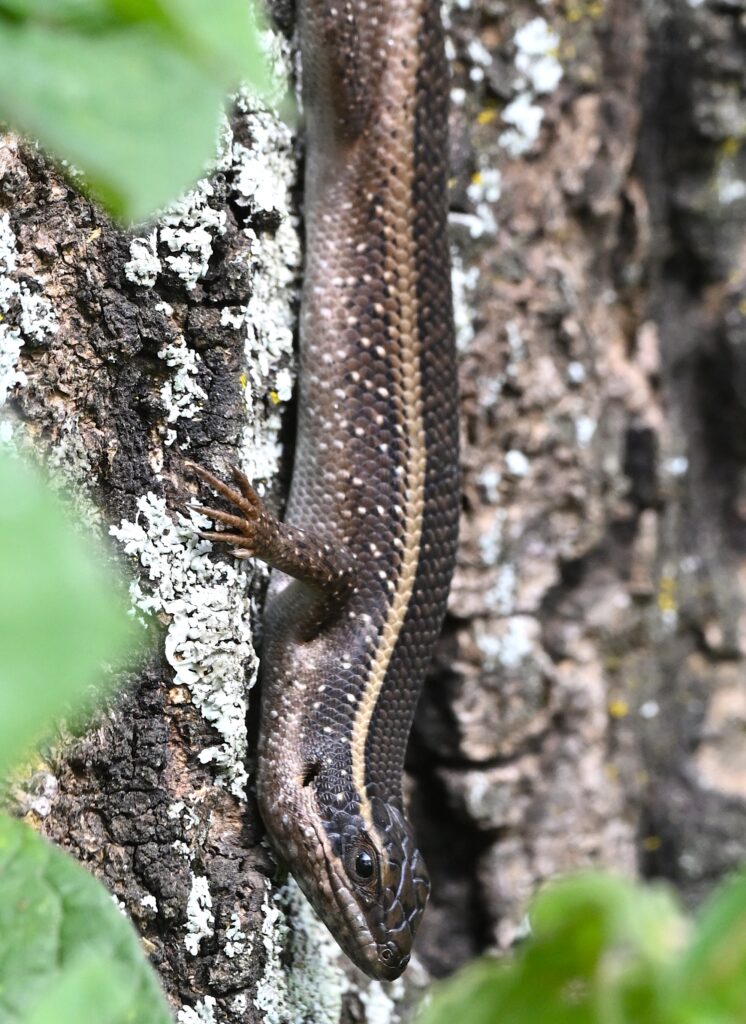
skink

paradise flycatcher
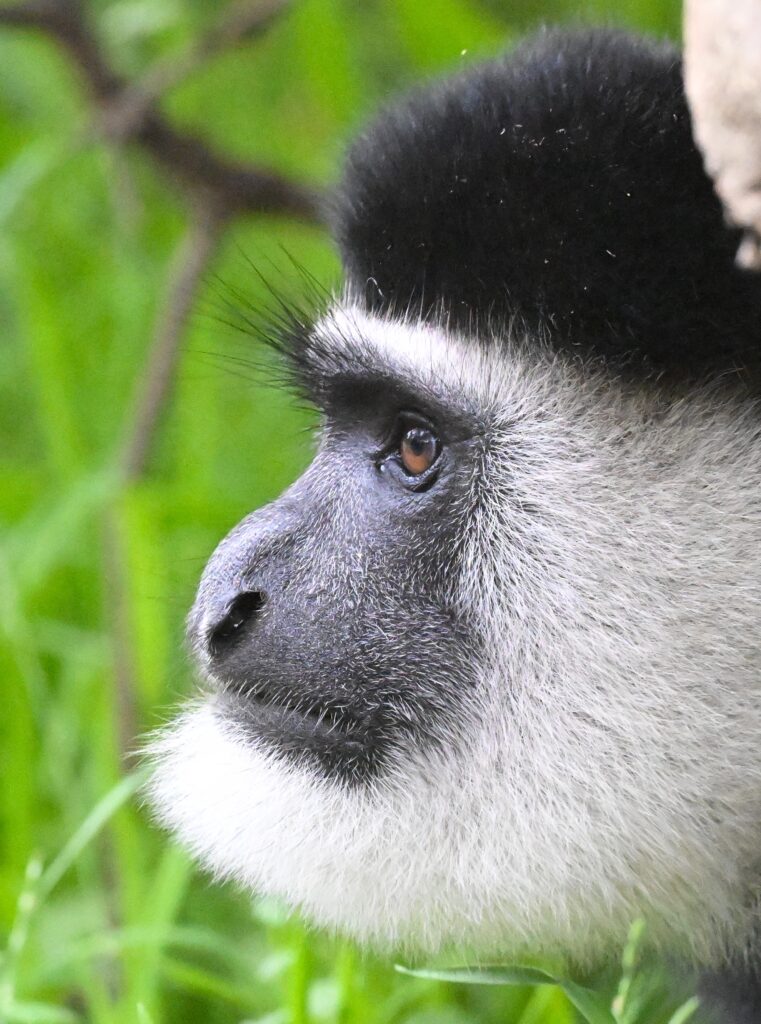
colobus
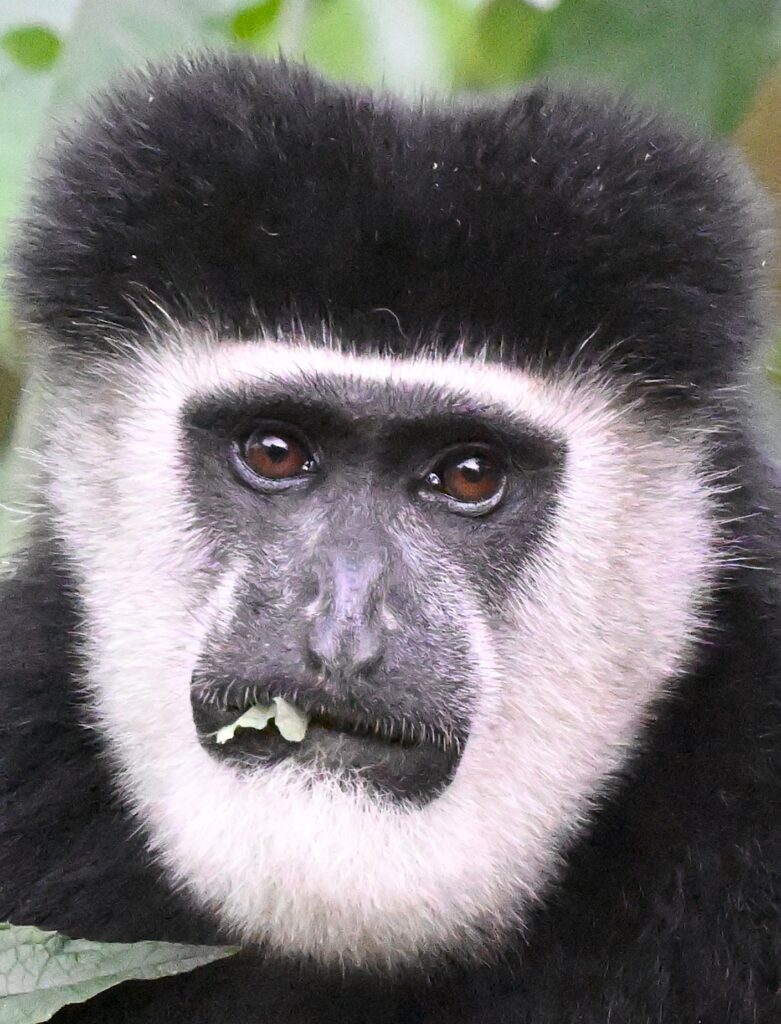
colobus
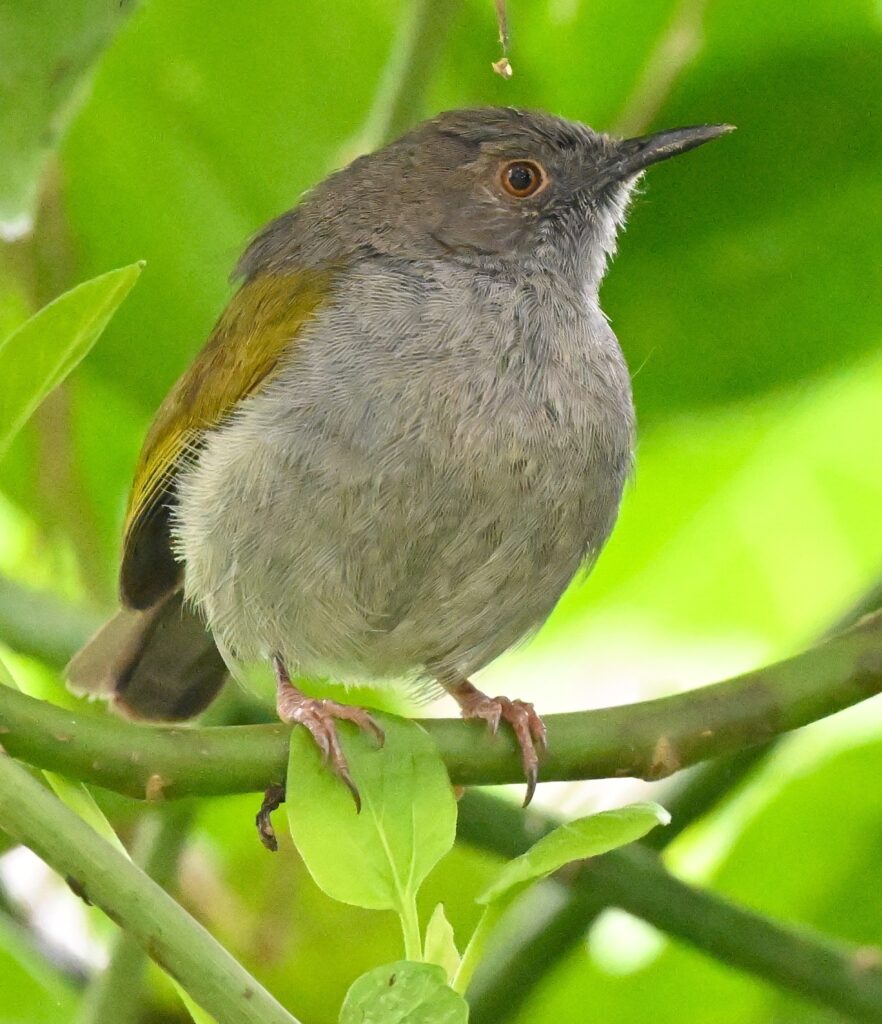
camaroptera
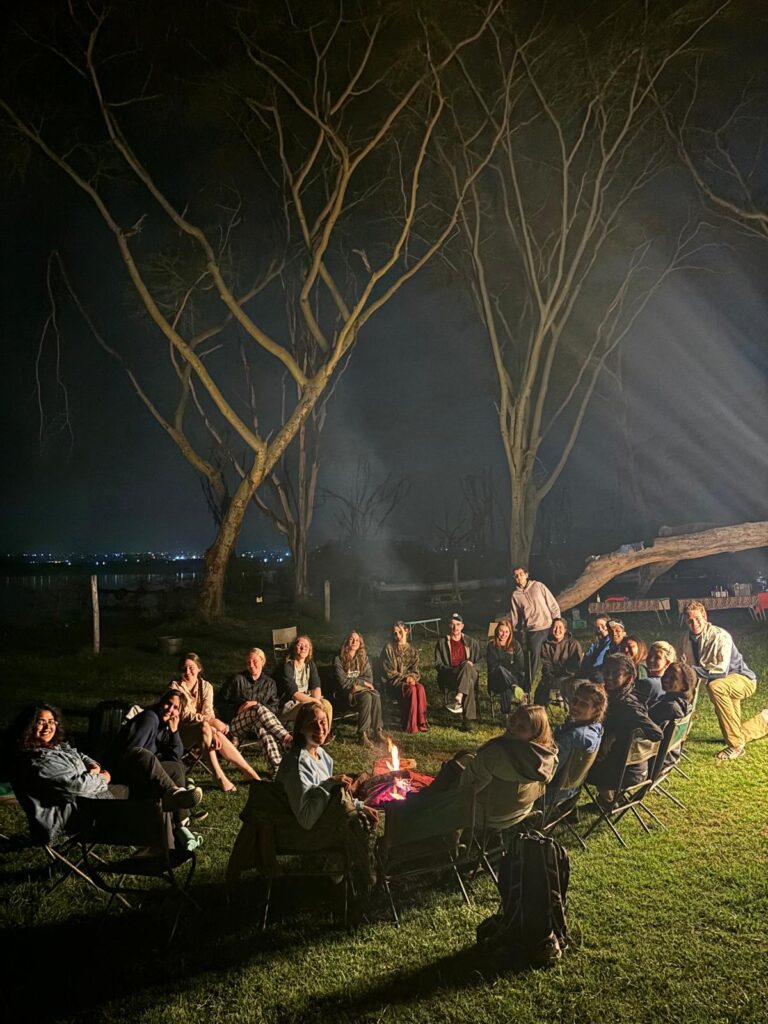
evening campfire by the shores of Lake Naivasha
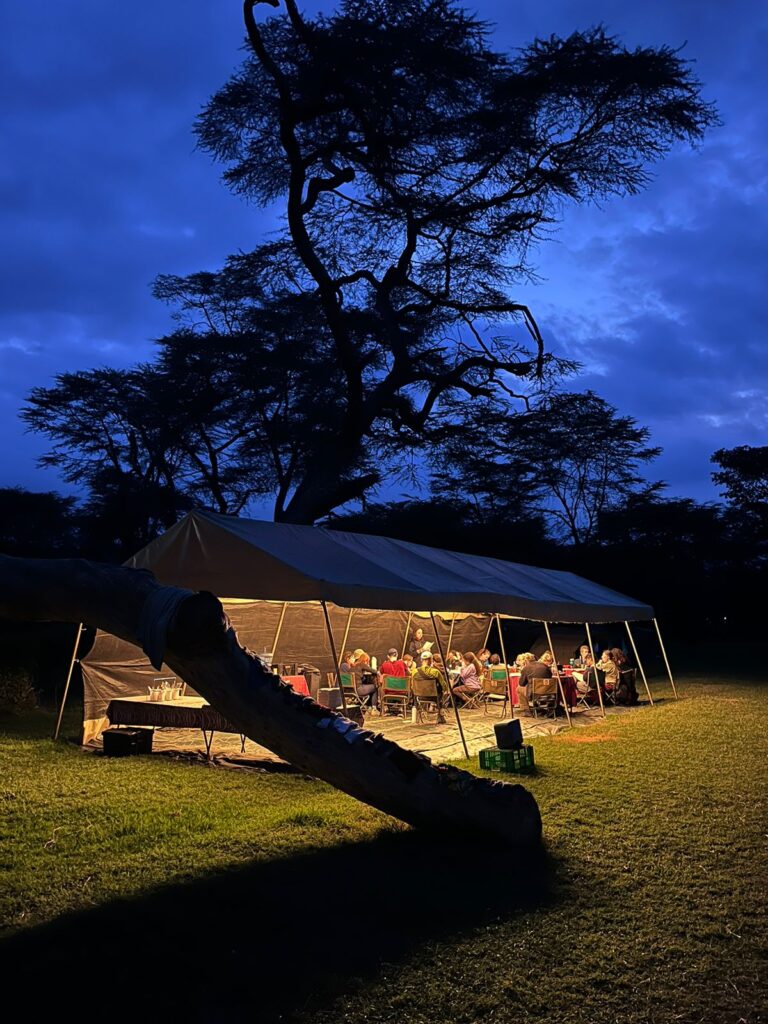
presentations in the early evening
Jealous mom here again!!!
Inspired and engaged by all that you are sharing. The written summary of your daily adventures and learning, the photos, these are a bonus and so appreciated!
Have fun in the Kakamega forest!